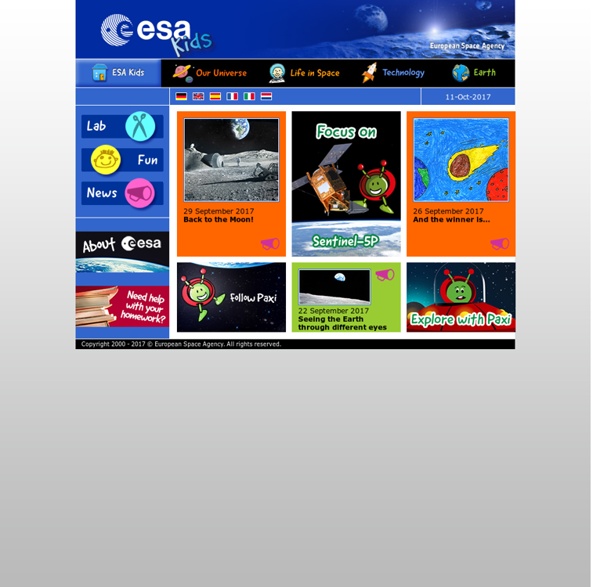



The Earth and Beyond Welcome to The Earth and Beyond Hello, my name is Tim O'Brien. I'm an astronomer working at The University of Manchester's Jodrell Bank Observatory. As an astronomer my job is to try and understand how the universe works and my main interest is why some stars explode - more about this later! Exploding stars You may know the names of some patterns of stars (called constellations) such as Orion or the Great Bear. This picture shows Orion the Hunter and Taurus the Bull with the position of an exploded star known as the Crab Nebula. We're all made of stars Understanding why stars explode is very important because most of the chemical elements (carbon, oxygen, nitrogen and so on) were made inside stars and are spread out into space when they explode. Billions of years ago the Sun, Earth and the other planets formed out of the leftovers from one of these gigantic explosions. Learn about astronomy Exploding stars is just one example of why astronomy is important and fun.
Kids' Club Skip to main content NASA Kids Club › Text Only Site Let's Go to Mars! Plan. Make a Galactic Mobile Decorate Your Space! Watch 'Ready Jet Go!' Ready Jet Go! Orion Puzzles and Coloring Sheets Print and Play. For Parents and Teachers Teach your kids and students safe surfing habits.› Children's Protection Act Learn about what you can do to protect your privacy online.›
BBC Space – Explore the planets, black holes, stars and more Astronomy For Kids - KidsAstronomy.com Station Spacewalk Game <center><div class="site_errors"><div class="floatType_site_error_top"></div><div class="floatType_site_error"><table summary="layout table"><tr><td bgcolor="#000000"><font color="#ffffff"><h2><img src="/templateimages/redesign/modules/overlay/site_error.gif" title="Site Error" alt="Site Error"/>There's a problem with your browser or settings. </h2></font><font color="#ffffff"><p>Your browser or your browser's settings are not supported. To get the best experience possible, please download a compatible browser. If you know your browser is up to date, you should check to ensure that javascript is enabled. </p></font><p><a target="_blank" href="/home/How_to_enable_Javascript.html">› Learn How</a></p></td></tr></table></div><div class="floatType_site_error_bottom"></div></div></center> Follow this link to skip to the main content NASA - National Aeronautics and Space Administration Charles F. Lori B. Multimedia Images Videos Podcasts Interactive Features 3D Resources RSS Feeds Blogs Gameplay